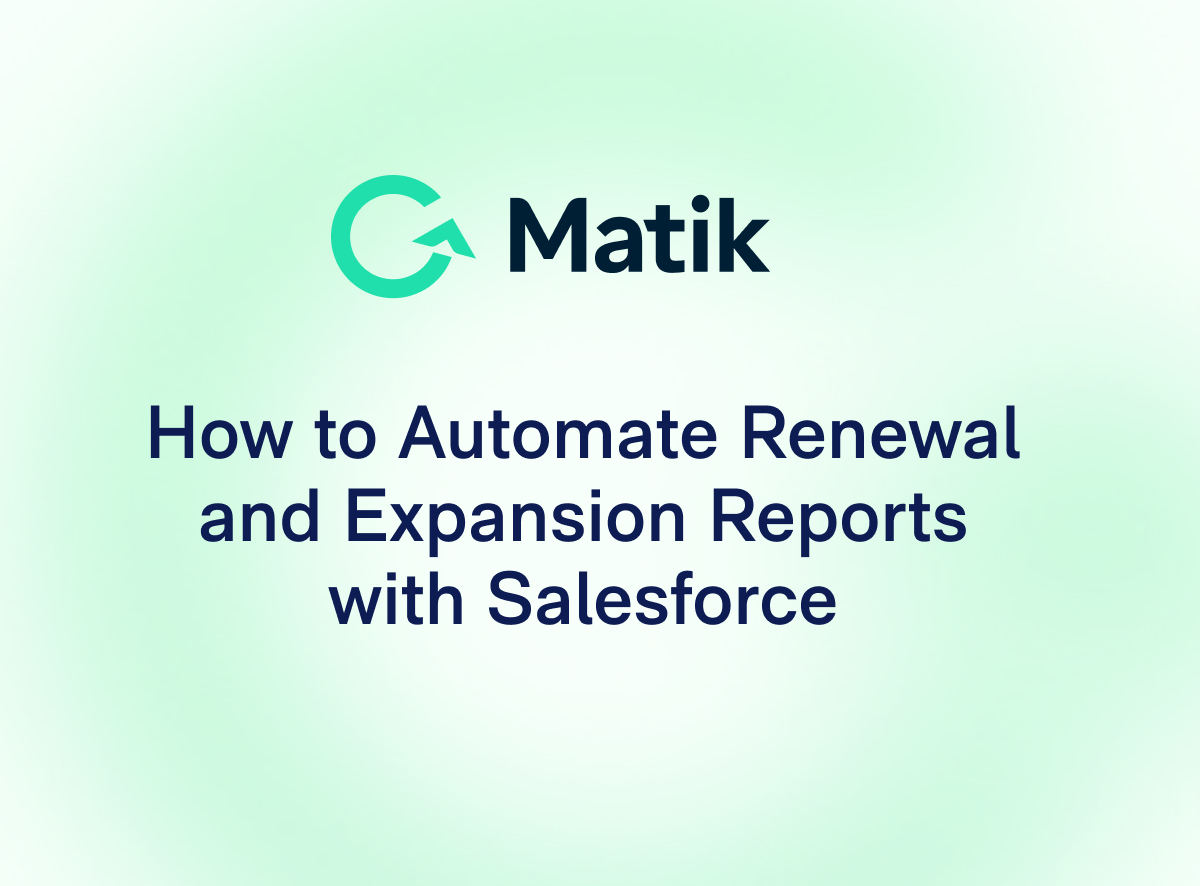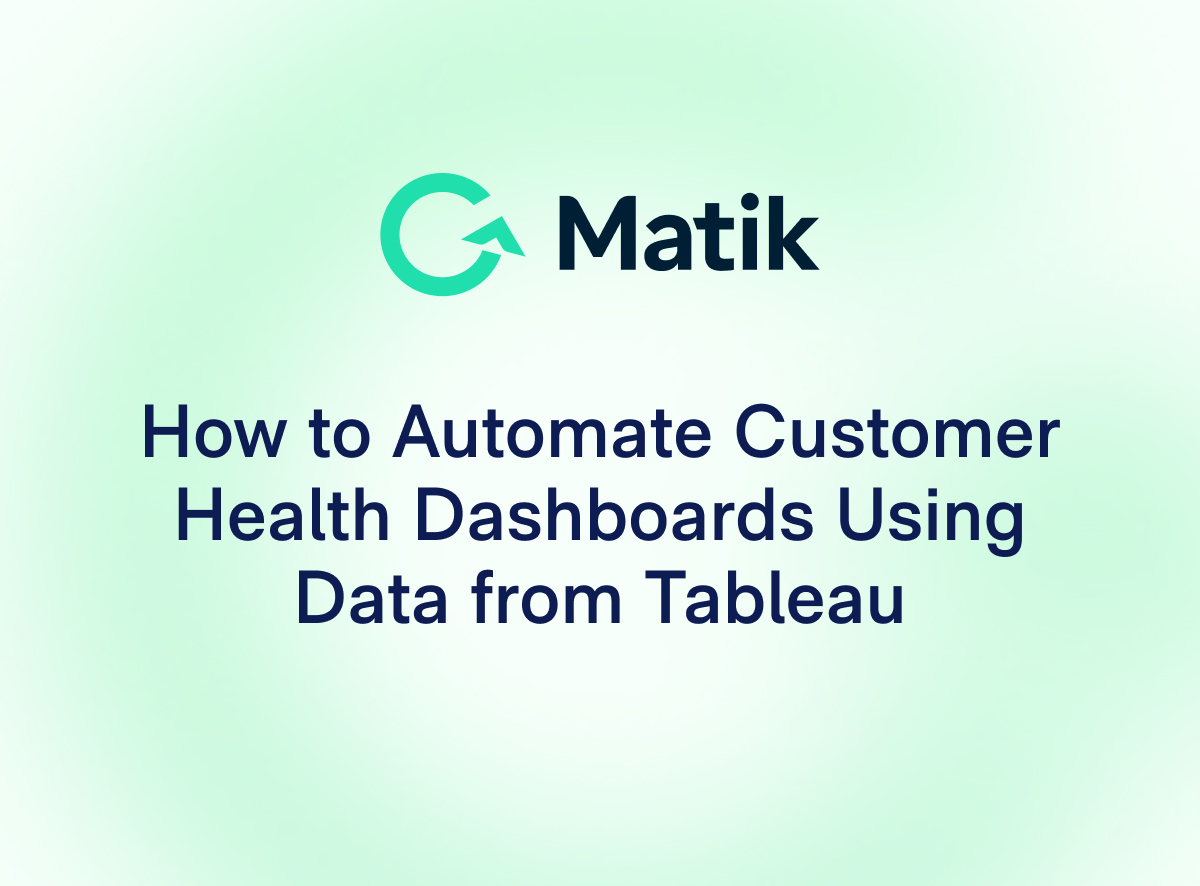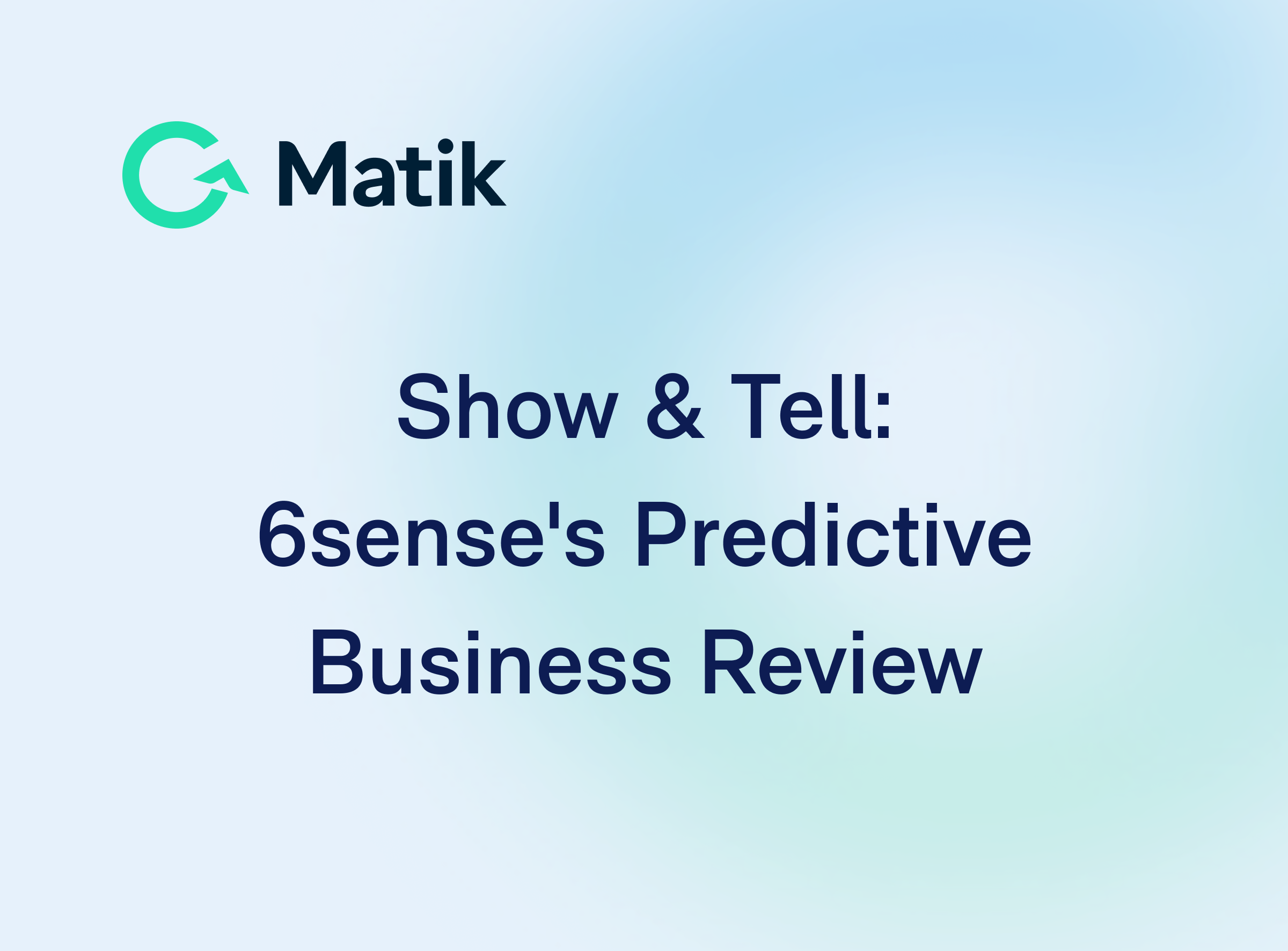Join Our Newsletter
Recently, the Head of Customer Success at a public company told me that her Account Managers spend anywhere from 15-20% of their time making QBR decks. That’s a huge amount of time!
I did some back-of-napkin math on the impact of that 20%; here’s what I found:
Fifty AMs, working 40 hours per week, spending 20% of their time making QBR presentations = 400 hours per week. If an AM makes $80k annually, then the team is sinking $800k per year into deck-making 😲
In Customer Success, productivity is a huge pain point. AMs/CSMs are constantly bogged down with administrative activities like building presentations that prove out the value of their solution, which involves pulling data from various sources like Tableau, Looker, and Salesforce. For reps with large books of business, it's nearly impossible to touch every account.
Frequently, this overload leads AMs to resort to less frequent, lower-value check-ins instead of high-touch QBRs that illustrate ROI. A Deloitte study found that 25% of enterprise customers are not being provided high-touch services by Customer Success functions. AMs are stuck in reactive mode, jumping in to save churning accounts instead of proactively creating value over time.
But all of this can be prevented:
Customer Success leaders can streamline the process by automating the generation of repetitive data-driven presentations. This frees up time, increases account coverage, and ensures your clients are getting personalized content that demonstrates the value of your product/service.
Recently, Envoy was able to streamline its QBR process by 85%. It used to take hours to put together data-driven quarterly business reviews for their clients. By automating the process it now takes minutes and allows their reps to be more strategic.
If it’s taking you hours to put together a data-driven presentation and you’d like to automate the process to take minutes, we would love to talk to you - Request a demo















